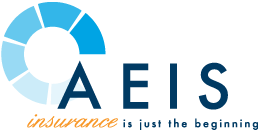Important Information Regarding Paid Sick Leave and EFMLA | California Employee Benefits Agency
The IRS and Department of Labor (DOL) have released specific guidelines for employee requests for Paid Sick Leave and Expanded Family Medical Leave (EFMLA) under the Families First Coronavirus Response Act (FFCRA) in order for employers to be eligible to receive the payroll tax credit. We have generated an employee request form that meets all of the IRS and DOL requirements from employees when making a request and approval form for your convenience.
Both forms collect key information that will need to be kept for 4 to 6 years from the date the leave is taken. In addition to the request and approval forms, employers are also required to keep additional records including how the benefit amount is calculated for each eligible employee that requests Paid Sick Leave or EFMLA under the FFCRA. Please refer to this article from Kutak Rock regarding those requirements.
As a reminder, be sure to print and post the required posters or direct mail or email them to your employees who are working remotely or who may not be working their regularly scheduled hours but are still active employees.
The Department of Labor’s Wage and Hour Division released the required notification posters for the Families First Coronavirus Response Act (FFCRA) that will soon need to be posted in many workplaces and distributed to remote workers. Copies of the posters are available here:
Each covered employer must post a notice of the FFCRA requirements in a conspicuous place on its premises. An employer may satisfy this requirement by emailing or direct mailing this notice to employees, or posting this notice on an employee information internal or external website.
The DOL also posted a Frequently Asked Questions page regarding the new notices.



